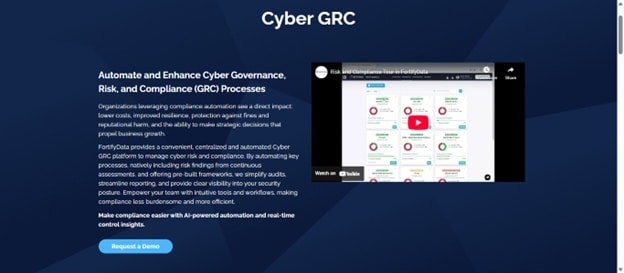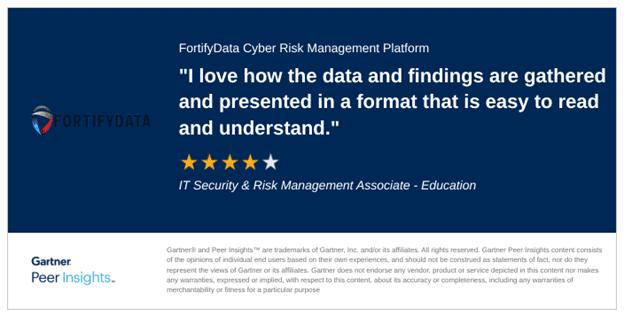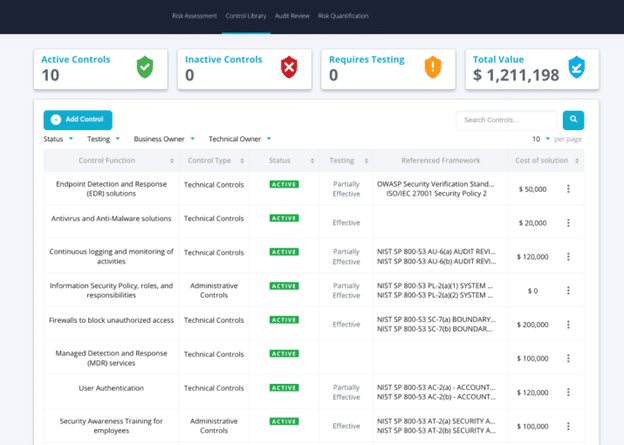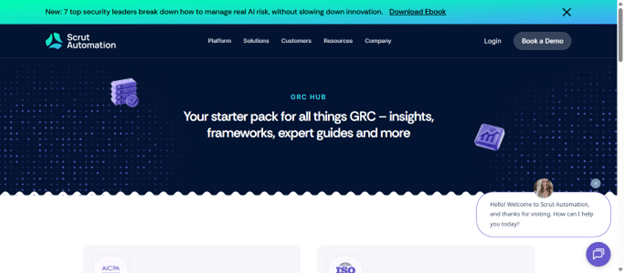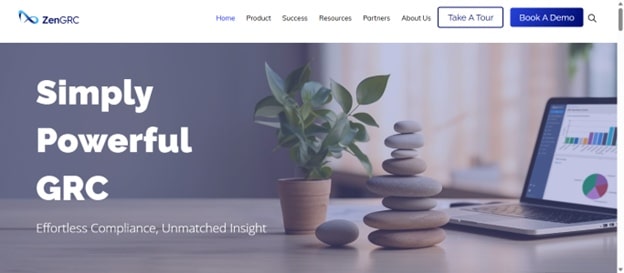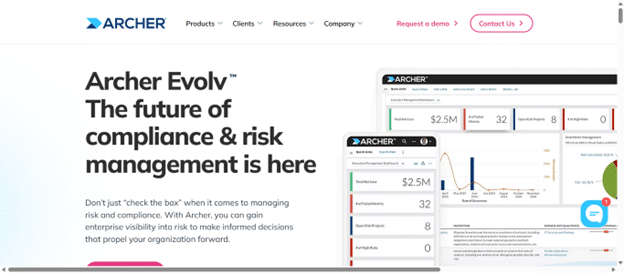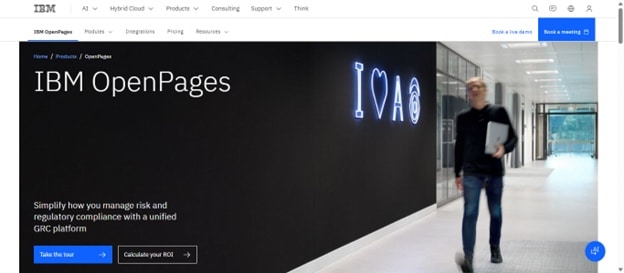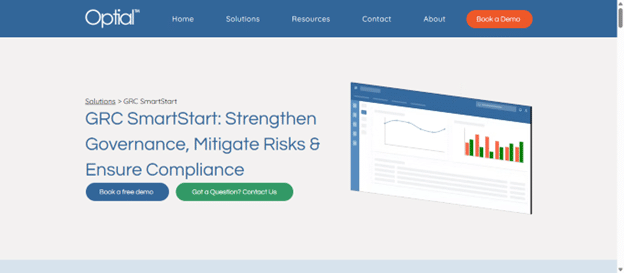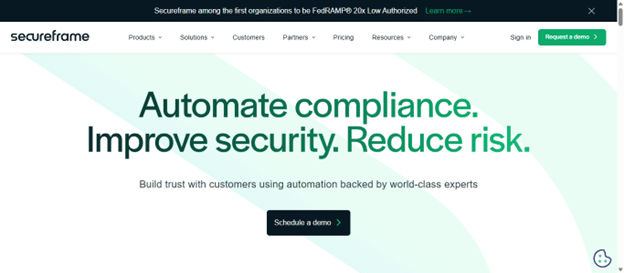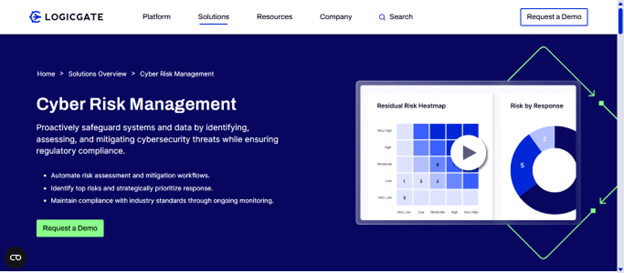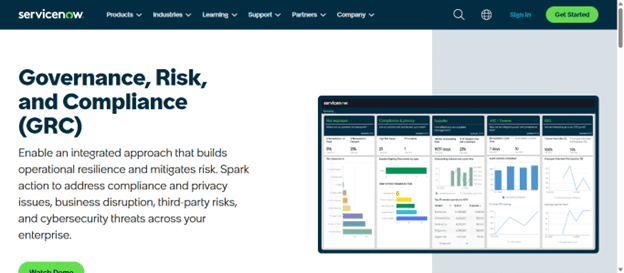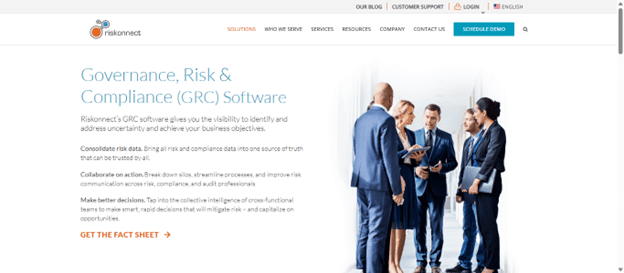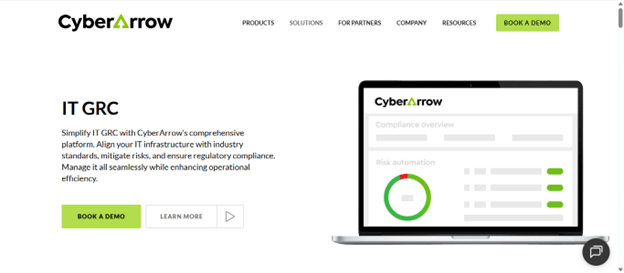Many businesses struggle to keep pace with the growing number of cybersecurity threats and compliance requirements while trying to triangulate data from multiple sources to make risk-informed decisions.
That’s why Cyber GRC (Governance Risk and Compliance) solutions are growing in demand. They help organizations manage risks, comply with regulations, and remain resilient while focusing on cybersecurity specific use cases that legacy GRC providers have had to ‘bolt on’.
These tools also provide visibility and control, ensuring that security and compliance become part of everyday business operations.
Let’s dive into this article to explore the 11 best Cyber GRC solutions for 2025!

